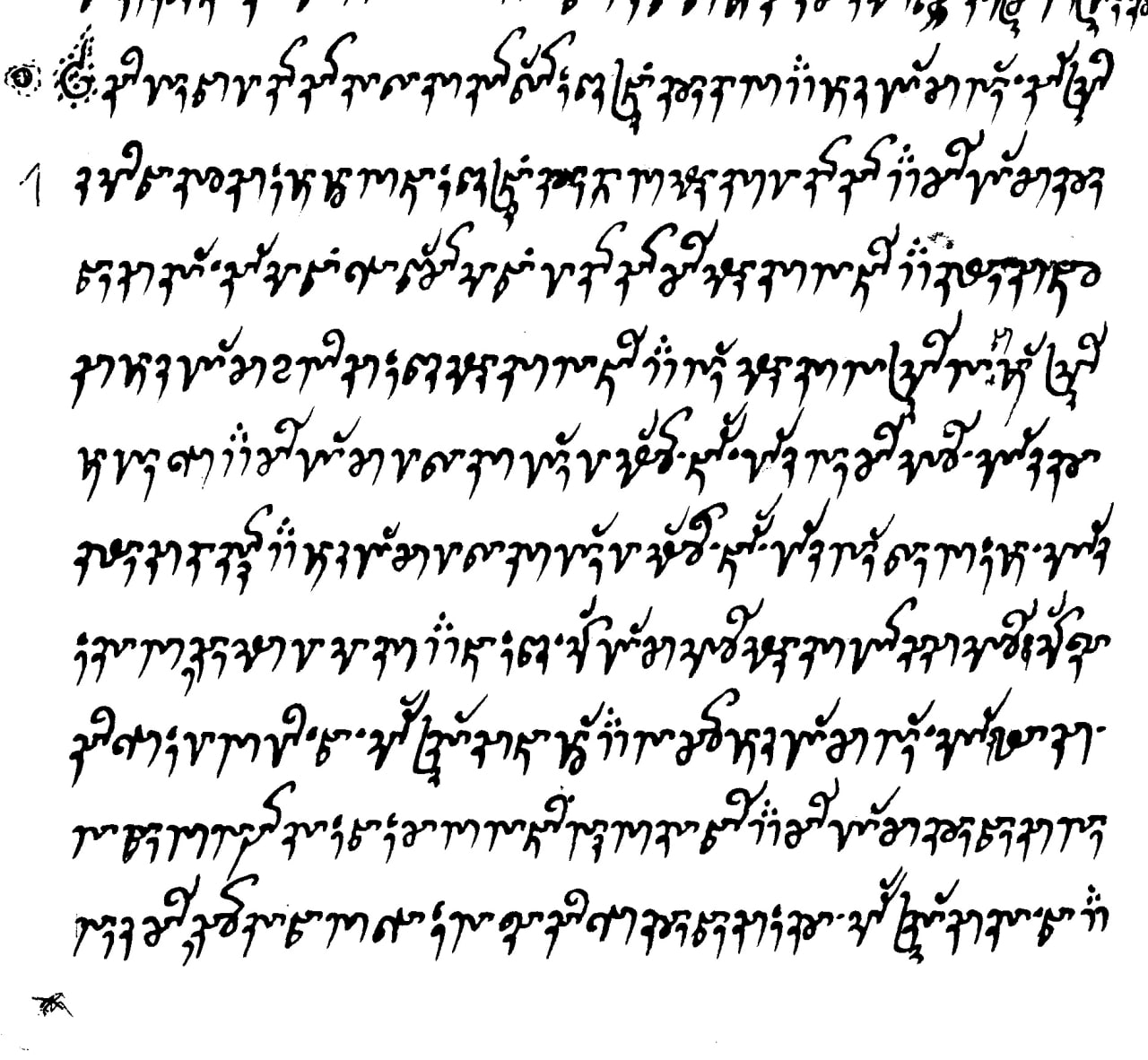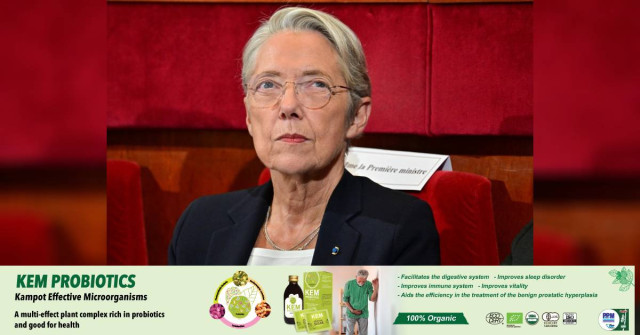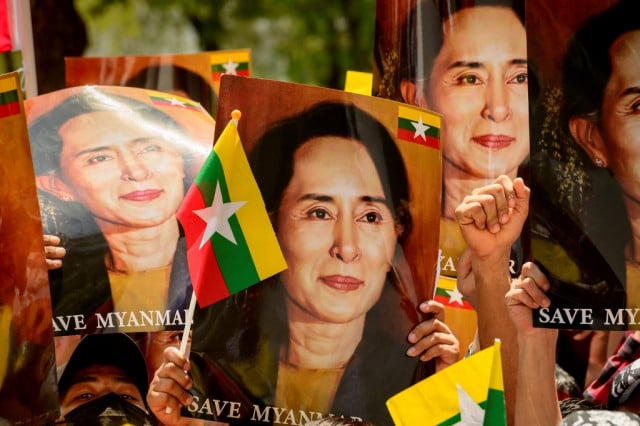Preserving and Developing Cham Culture Is also Part of Developing Cambodia’s Culture, Says a Cham Culture Expert

- By Meng Seavmey
- August 16, 2023 3:15 PM
PHNOM PENH — Leb Ke is a Cham culture advocate and expert. Having completed his Master’s thesis on the phonetics and phonology of Western Cham language at the Royal University of Phnom Penh, he is currently in France studying for a doctorate degree at INALCO (the national institute for oriental languages and civilizations).
There are many areas of Cham culture that Ke wants to research, he said. But when it comes to keeping this culture alive and preserving its oral and written tradition, government help is needed, he said
Born in Kampong Tralach district in Kampong Chhnang province, Ke is a founder of the Cham Unicode fonts, a Cham curriculum developer, a researcher of Austronesian linguistics and of Cham culture in Cambodia. The 43-year-old man has also worked on several publications including Cham textbooks and folktales.
However, because few people take an interest in Cham poems, Ke has focused a great deal on keeping Cham poetry alive by collecting and studying Cham works so they can be passed on to the next generations.
There are two poems—namely Tampor and Kok Vang—that he finds especially fascinating, and one of the reasons is that, in his opinion, writers and poets nowadays have not been able to write such beautiful poems. In addition to republishing them for the Cham public, he has translated them into Khmer. “I hope that Khmer audiences will also appreciate them,” Ke said.
It is not widely known that the Cham have poems written in Cham script, he said, adding, “[i]t is generally assumed that they only use Arabic script.”
Since Cham script is unique, a team involving people both in Cambodia and abroad have had to work on developing a Cham font, he said.
Why the poems were compiled
According to Leb Ke, the poems were already written in the manuscripts he collected in the Cham community, especially in Kampong Chhnang province. What prompted him to compile them was a remembrance of his childhood. “I selected them because they held memories from my childhood in the village: I used to hear them.
“But nowadays, it's difficult to find people who can recite them,” Ke said. “If I can translate them into Khmer, it might attract the attention of some young Chams and inspire them to research other Cham poems.”
According to the expert, the Tampor and Kok Vang poems tell the story of a single man and a single woman returning each other’s feelings in the course of their days in Cham culture. In the story, they express their love and miss each other.
Until now, it is rare to find new writers who can compose such beautiful stories like those told in these poems that are more than 100 years old, Ke said.

Sample of Kok Vang poem from Cham community from Kampong Chhnang province. Photo: provided.
More work needed to preserve Cham poems in Cambodia
Leb Ke thinks that there are many other aspects that researchers interested in preserving Cham culture should focus on in the Cham culture and community. As for the poems, no one has so far done research on Cham poetry.
“I am not sure whether it is that they don’t know about the poems [but researchers] have never worked on them,” Ke said.
Regarding Cham culture conservation, there still is so much work to do, especially on the part of the government and educational institutions, he said.
“The government should establish a department to collect and file all documents about the Cham community and other minority groups as well,” Ke said. “It should be under the jurisdiction of the government or the Ministry of Education rather than the Ministry of Cult and Religion.”
Research on the Cham culture, Ke continued, would not only benefit the Cham community but also the Cambodian community as a whole in view of the long-term relationship between the two communities.
“Cambodia is a country in which there is diversity and rich cultures,” he said. “So studying the Cham culture is also a part of Cambodia…because the Cham and Cambodian communities have had their relationship—bitter history and close friendship—for centuries.”
Nowadays, the Cham community is also doing business with the Cambodians. “Both cultures have influenced each other,” Ke said. “Therefore, it is important to conserve the Cham culture, which means conserving a part of the Cambodian culture as well.”















